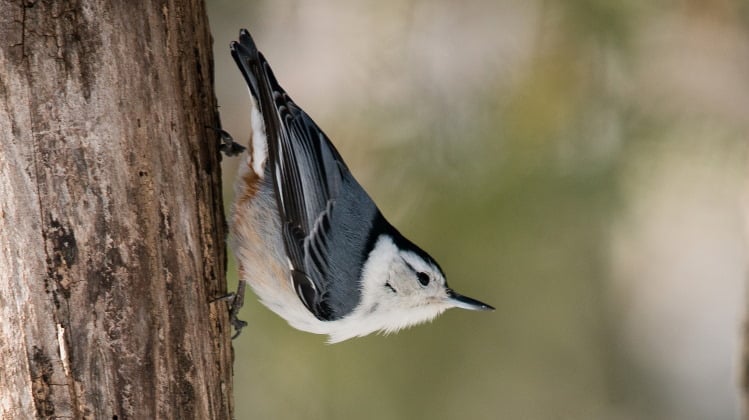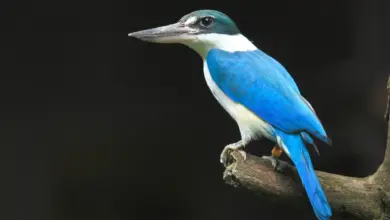Want to Know How To Photograph Birds?
Bird photography demands patience and connection with nature. By documenting birds, photographers find a creative and aesthetically appealing way of spreading awareness, making the audience understand how beautiful and fragile nature is. This type of photography may be complicated, requiring mastering various techniques. This guide equips beginners and advanced photographers with bird photography tips and insights on how to take pictures of birds with respect and subtlety.
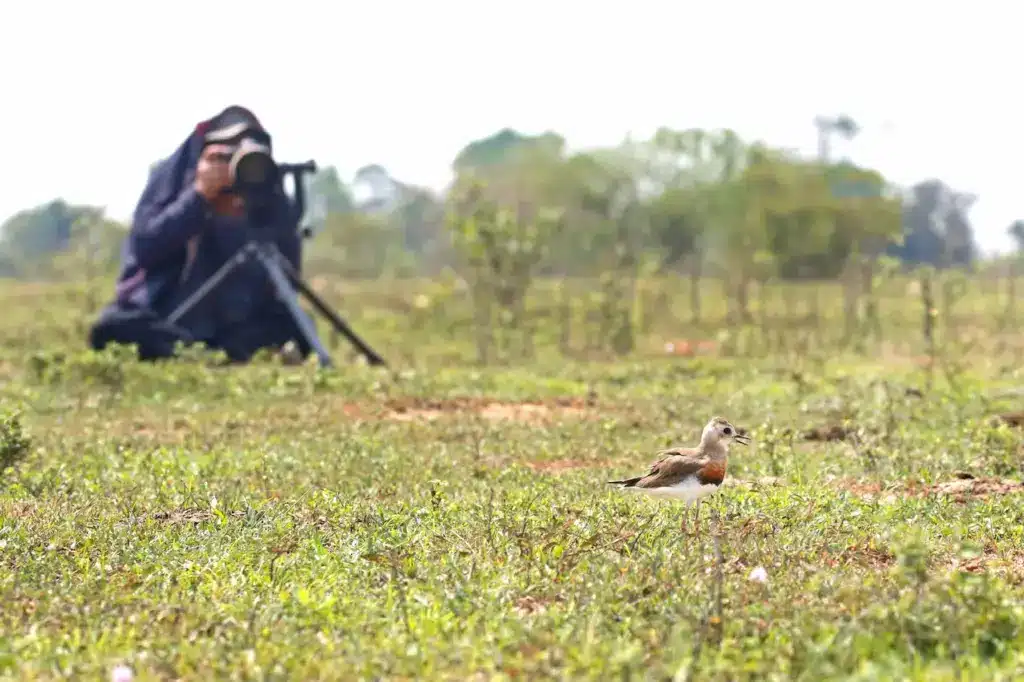
Photography Basics
The beginners’ guide to bird photography starts with understanding the following essential concepts:
Subject
Explore the behavior and habits of birds. Note their feeding times and the way they interact with their environment. Observe their movement patterns. Capturing birds engaged in interesting behaviors or displaying emotions can create a connection between the subject and the viewer. Wait for moments of interaction, such as feeding, preening, or playful antics.
Gear
Photographing living objects that move can be challenging since you cannot get close and change their position. However, properly chosen gear can help eliminate these issues. A DSLR or a mirrorless camera is often recommended for its ability to capture distant subjects sharply. Experiment with different lenses, filters, or even drones for aerial shots. Telephoto lenses are standard in bird photography, but wide-angle lenses can also capture birds within vast landscapes.
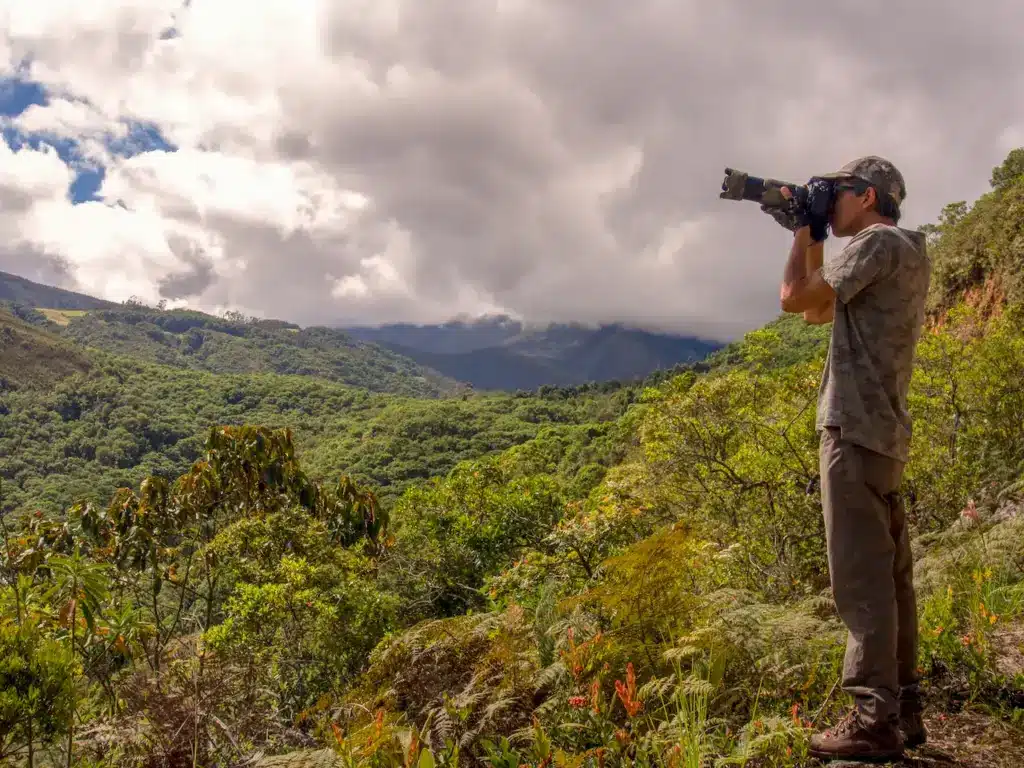
Lighting
Bird photography is a subgenre of wildlife photography. It is performed in natural conditions, which means that issues like lighting are beyond your direct control. Adjust to the natural light and make it work in your favor. Experiment with backlighting for a dramatic silhouette effect or side lighting to emphasize the texture and color of feathers. Golden hours provide a warm and soft glow to enhance the quality of your pictures. Harsh sunlight can highlight the intensity.
Composition
Pay attention to the background and consider the angle of view. Ensure the main subject is in the focal point. Look for ways to include natural elements that complement your subject without distracting from it. The composition should be captivating yet clean. Low angles can make your subject appear grand. Shooting from above might offer a unique view of the bird’s habitat or behaviors. Incorporate water reflections and shadows for an artistic touch.
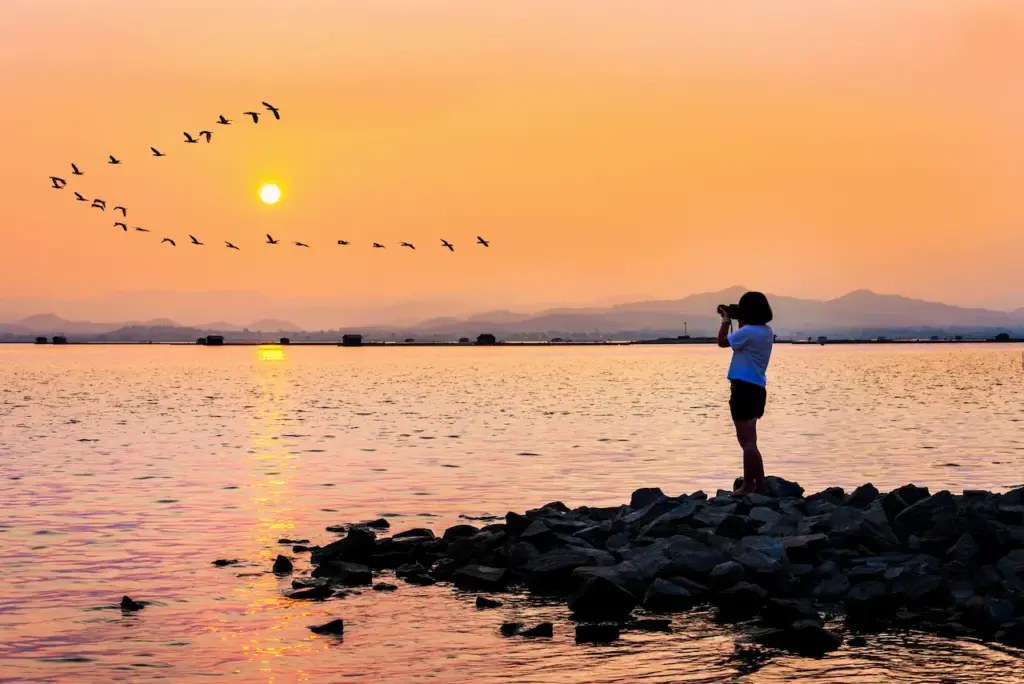
Bird Photography Settings
Shutter Speed
Higher speeds may be necessary for birds in faster flight or more dynamic actions. It prevents motion blur. This issue is quite common for photographing moving objects. Higher shutter speeds help achieve sharp and clear images.
Aperture
A wider aperture (a lower f-number) blurs the background, making the bird stand out. This effect is especially useful in busy environments with distracting backgrounds. Conversely, a smaller aperture (a higher f-number) is beneficial for group shots. A smaller aperture is preferable when you wish to capture the bird in its habitat, including more of the scene without compromising details.
ISO
The brighter the lighting conditions, the lower the ISO should be, and vice versa. However, consider that high ISO can often lead to grainy pictures and digital noise, creating an extra challenge during post-processing.
Focus Point
As stated above, birds are animated objects that move constantly, and photographers cannot control or guide their movements. A continuous focus mode (AF-C on Nikon or AI Servo on Canon) allows your camera to adjust focus as the bird moves. Additionally, multiple focus points can improve your chances of locking onto your subject, especially in flight.
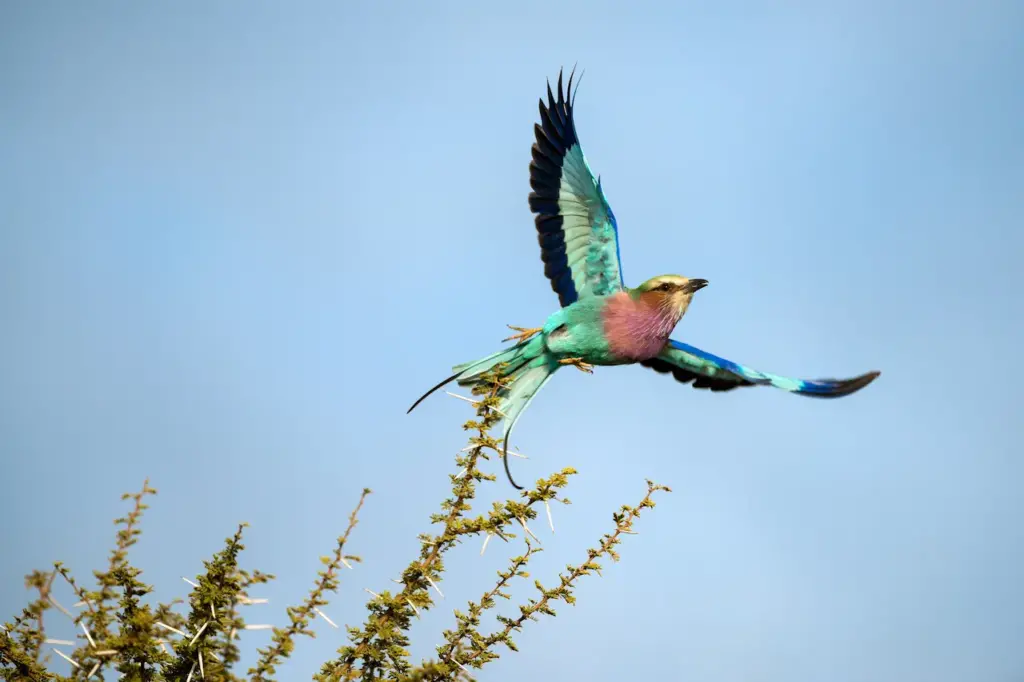
Exposure Compensation
This setting is required to capture more details in tricky lighting conditions. It allows you to go beyond the camera’s automatic exposure, brightening or darkening the image as needed.
Post-Processing
Start editing your bird photos with basic adjustments. Correct exposure and contrast. Adjust the white balance for the colors to look natural. Subtly adjust saturation for more vibrant colors. Selective color adjustments can also help correct specific areas of the photo without affecting the overall color balance.
Apply sharpening to make your subject stand out. But be mindful and avoid overdoing it. Effective noise reduction smooths out the grain while preserving the fine details of the feathers.
Crop the image to mimic the effect of a longer lens and bring your distant subject closer. But you must understand that over-zooming a picture leads to quality loss. Consider using photo editors with an image extender tool to prevent the loss of detail.
Techniques like dodging and burning (lightening and darkening specific areas of an image) can direct the viewer’s eye to the bird, enhancing the photo’s focal point. This selective editing can create depth and dimension, adding a dramatic effect to the lighting and mood of the image.
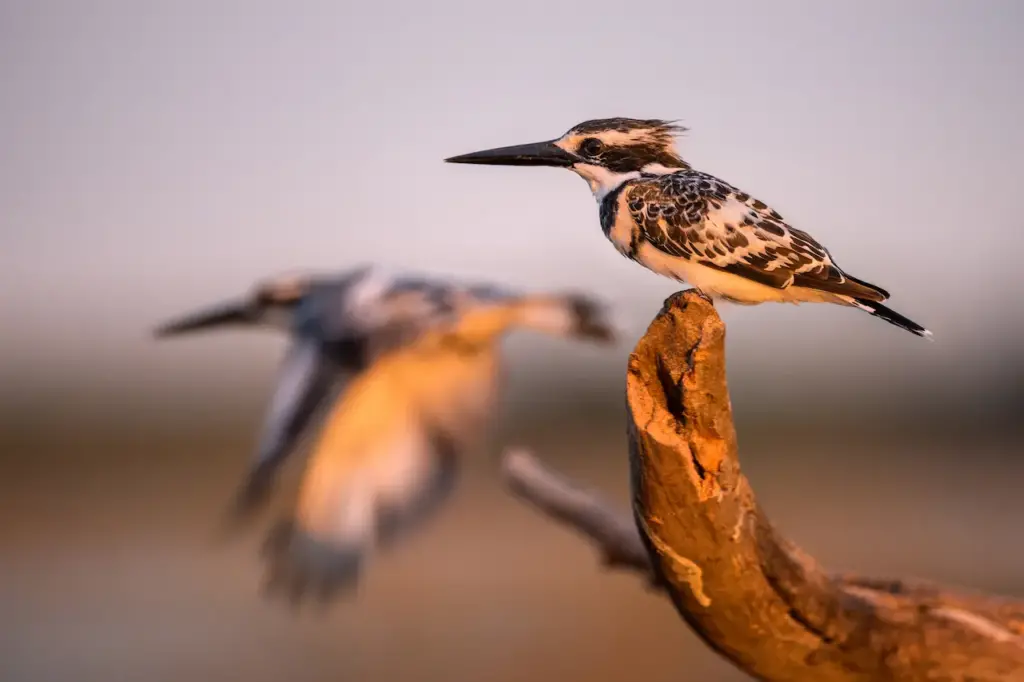
Conclusion
We explored the essential bird photography techniques, from understanding the basics to mastering advanced methods. By embracing the tips and techniques outlined in this guide, you learned how to capture birds, cherishing the fleeting beauty of the world around you.
Whether wading through wetlands at dawn, trekking through forests, or observing the birds in your backyard, each experience enriches your understanding and appreciation of your craft and the subjects you portray.
Let your visual stories inspire others, fostering a deeper connection and respect for our feathered friends and the planet we all share.

